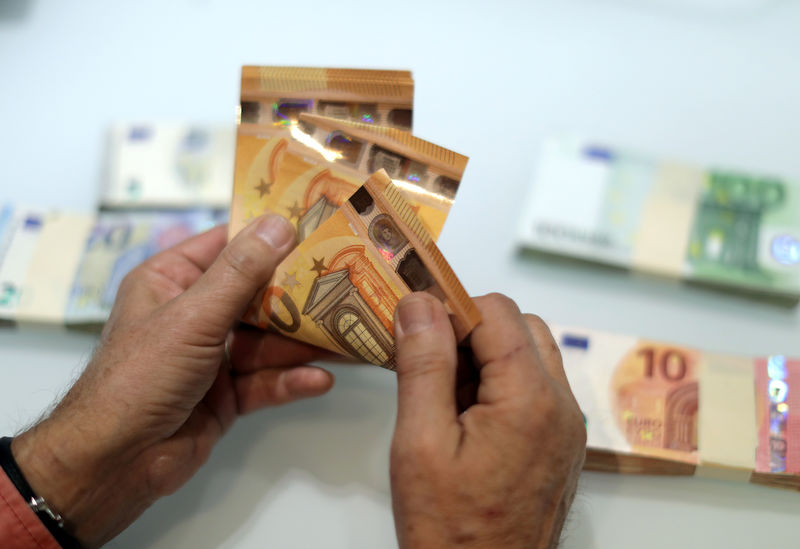(Bloomberg) -- Euro-area inflation remained stuck well below the European Central Bank’s goal this month, providing more reason for policy makers to unleash measures next month to jolt prices and growth.
The 1% rate, in line economists’ estimates, compares with the ECB goal of just under 2%. The core measure, which excludes more volatile elements such as energy, food and tobacco, was even lower, at 0.9%.
Inflation has been on a downward trajectory for months and is now about half the rate it was a year ago. That’s prompted a rethink among policy makers, who may respond with more monetary stimulus next month.
In his penultimate decision as ECB chief, Mario Draghi is expected to cut interest rates even deeper into negative territory and potentially also restart quantitative easing. However, not every member of the Governing Council may be on board with aggressive loosening. Dutch Governor Klaas Knot said the outlook isn’t yet weak enough to warrant the resumption of bond purchases, and Germany’s Jens Weidmann said speculation over a large stimulus package “doesn’t do justice” to the latest data.
By adding stimulus, the ECB would be joining other central banks around the world, who have responded to the global slowdown with their own interest-rate cuts. The ECB meets on Sept. 12 in Frankfurt.
While the falling inflation rate has been a source of concern for policy makers, the labor market in the euro zone has been a font of optimism.
The region’s unemployment rate has marched steadily downward during the past several years from a high of 12.2% in 2013. Data Friday showed it was at 7.5% in July, unchanged from June and staying at the lowest since 2008.
